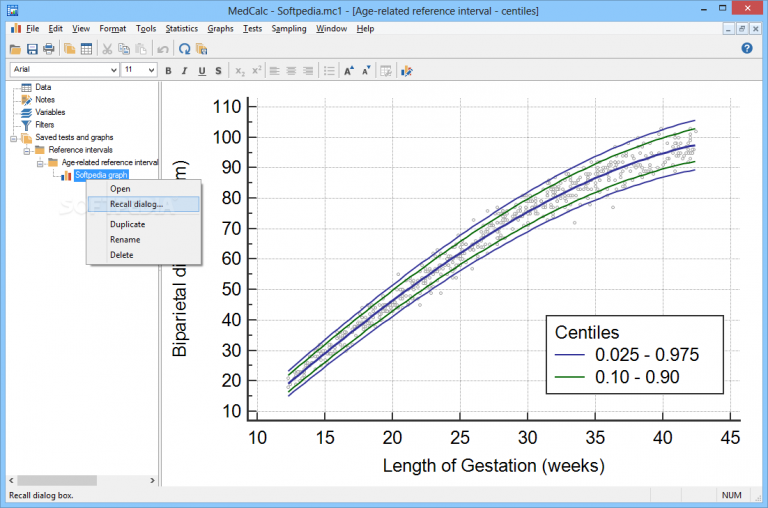


Pagano M, Gauvreau K (2000) Principles of biostatistics.Kirkwood BR, Sterne JAC (2003) Essential medical statistics, 2 nd ed.Deeks JJ, Higgins JPT (2010) Statistical algorithms in Review Manager 5.American Journal of Epidemiology 147: 783-790. Daly LE (1998) Confidence limits made easy: interval estimation using a substitution method.Altman DG (1998) Confidence intervals for the number needed to treat.Altman DG (1991) Practical statistics for medical research.A standard normal deviate ( z-value) is calculated as ln(RR)/SE, and the P-value is the area of the normal distribution that falls outside ± z (see Values of the Normal distribution table). Test of significance: the P-value is calculated according to Sheskin, 2004 (p. The 95% confidence interval is calculated according to Daly (1998) and is reported as suggested by Altman (1998). MedCalc uses the terminology suggested by Altman (1998) with NNT(Benefit) and NNT(Harm) being the number of patients needed to be treated for one additional patient to benefit or to be harmed respectively. The number needed to treat (NNT) is the estimated number of patients who need to be treated with the new treatment rather than the standard treatment (or no treatment) for one additional patient to benefit (Altman 1998).Ī negative number for the number needed to treat has been called the number needed to harm. Where zeros cause problems with computation of the relative risk or its standard error, 0.5 is added to all cells (a, b, c, d) (Pagano & Gauvreau, 2000 Deeks & Higgins, 2010). With the standard error of the log relative risk being The relative risk or risk ratio is given by The relative risk (RR), its standard error and 95% confidence interval are calculated according to Altman, 1991.


 0 kommentar(er)
0 kommentar(er)
